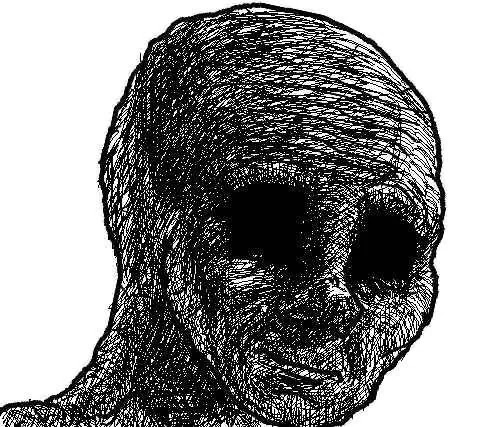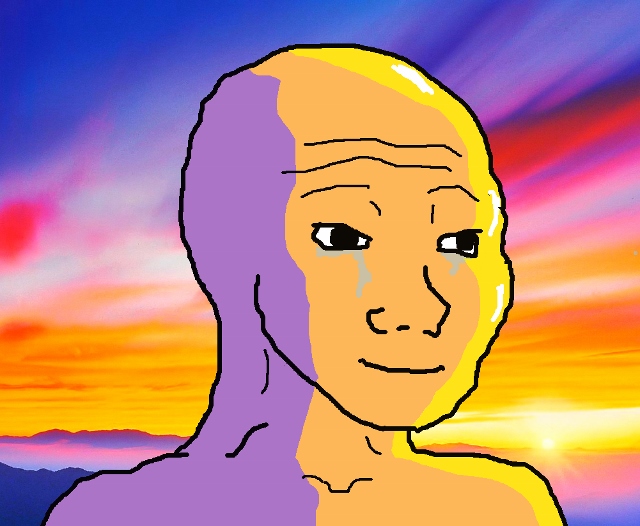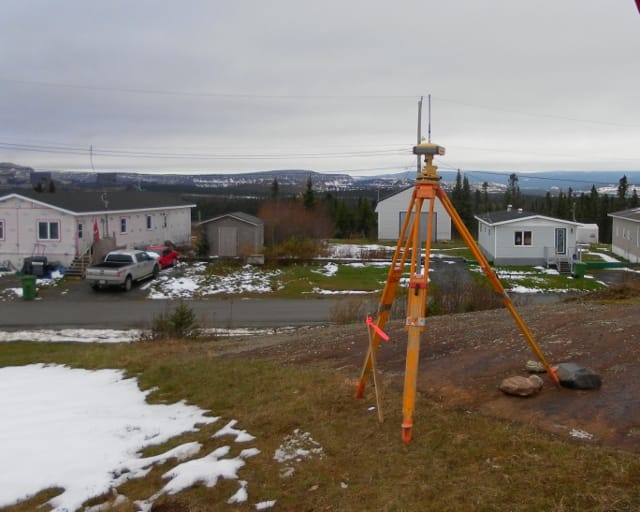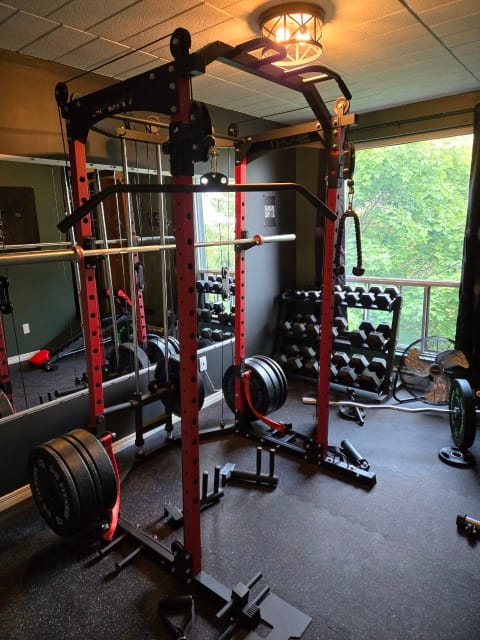The 4 Brutal Phases of Quitting Weed

You’ve had enough.
Enough wasting time and money.
You smoke all the time and don’t even enjoy it anymore.
You’ve made the decision to quit.
Or maybe you’re at a point where you’re seriously thinking about it.
So what can you expect?
It starts off simple enough: just quit smoking pot.
But then what happens?
I’m here to tell you that once you finally put down the bong for good, there are four brutal phases you’re going to endure:
- Shock
- Plateau
- Crashing Out
- Normalization
Thanks for reading! Subscribe for free to receive new posts and support my work.
Phase One: Shock (Week 0-2)

Some lucky people quit and never experience any withdrawal symptoms. I suspect they were never big stoners to begin with.
But for heavier users, the short term effects are well known: insomnia, lack of appetite, anxiety, fidgeting, brain fog, cravings, irritability, headaches.
Your body has what’s known as an endocannabinoid system (ECS). It helps regulate mood, sleep, appetite, memory and emotional response. It works via receptors and naturally produced cannabinoids. Smoking weed mimics your body’s naturally produced cannabinoids and overstimulates the receptors. Over time with prolonged heavy use, your body drastically lowers the production of it’s own cannabinoids and desensitizes its receptors.
Your ECS has adapted to the constant flood of THC.
When you quit, that abrupt halt of THC puts stress on your system, causing the symptoms listed above. Your receptors are desensitized, and your cannabinoid production is near zero. This is what makes the first week or two so difficult.
The biggest symptom that affected me during this time was a near-complete loss of appetite. I wasn’t the kind of guy who smoked before meals - I waited until later because eating reduced my high. It didn’t matter. I had all this food in my house and no desire to eat any of it. Every meal seemed forced.
Phase Two: Plateau (Week 2-4)

Alright! You made it through the first couple of weeks.
You’re over the insomnia.
Your appetite is back.
You’re feeling like your old self again.
In fact, you’re feeling pretty good. You’re proud of yourself for not smoking, and things seem to be under control.
All I can say is - Don’t get too comfortable.
Your ECS still hasn’t fully recovered. Your body has gotten over the shock of not receiving any external THC. As a result, it begins tapping the cannabinoids stored in your body’s fat cells. These reserves are slowly being released back into your bloodstream, giving you a steady trickle of cannabinoids - even though you haven’t been smoking.
This is a period of false calm. It feels like you’re cruising. The problems you’re having don’t really get to you.
My advice: understand where you are in the quitting process and remind yourself that these feelings are temporary. Slow down and enjoy this short phase while it lasts - and get ready for what comes next:
Phase Three: Crashing Out (Weeks 5-12)

Welcome to hell.
Your body is completely tapped of its reserves. No new cannabinoids are coming in, and now you’re living in a neurochemical desert.
Your receptors are still recovering. Cannabinoid production is suppressed. Your dopamine and serotonin pathways are dysregulated. It’s going to take your body a while to clean all of this up and restart its natural production.
In the meantime, you get to live with soul-crushing depression, zero motivation, and a complete inability to experience pleasure or joy.
This process takes two to three months.
It’s where most people give up and start smoking again. It’s not hard to understand why.
People think that the problem lies within them, instead of realizing that it’s a biochemical response.
Remember why you’re doing this. Push yourself to continue. These negative feelings will not last forever.
Phase Four: Normalization (Weeks 13+)

You made it.
You suffered through the depression and hardship and came out the other side.
It’s not like you woke up one day and instantly felt better. It was more of a gradual climb out of a deep hole.
You don’t feel high. You don’t feel amazing. You feel normal - and that itself is a victory.
Your body’s cannabinoid production has restarted.
Your receptor’s sensitivity has returned to baseline.
Your mood, sleep, energy, and motivation are starting to normalize again.
From this point on, your addiction to weed is no longer physical - it’s almost entirely psychological.
Get used to living a life free from being high all the time. Take on new hobbies and adventures. In my opinion, it takes at least one year of being weed-free to truly understand what life without it feels like.
You need to go through the seasons, the holidays, and the routines as someone who is sober in order to navigate this new life you created.
If you made it this far in your journey and are happy to be living a weed free life - or if you’re just getting started or thinking of getting started - be sure to subscribe and bookmark this page.
If someone you care about is thinking of quitting weed, share this article with them so they know what to expect.
With the help of God, we can do anything we put our minds to.
Let’s overcome our shortcomings and live for a higher purpose.
God Bless.
P.S: If you want to dig deeper into the science of what happens to your body and brain when you quit weed, check out these articles:
Cannabis Withdrawal: A Review of Neurobiological Mechanisms and Sex Differences
Cannabis Use and the Endocannabinoid System: A Clinical Perspective
Thanks for reading! Subscribe for free to receive new posts and support my work.





Member discussion